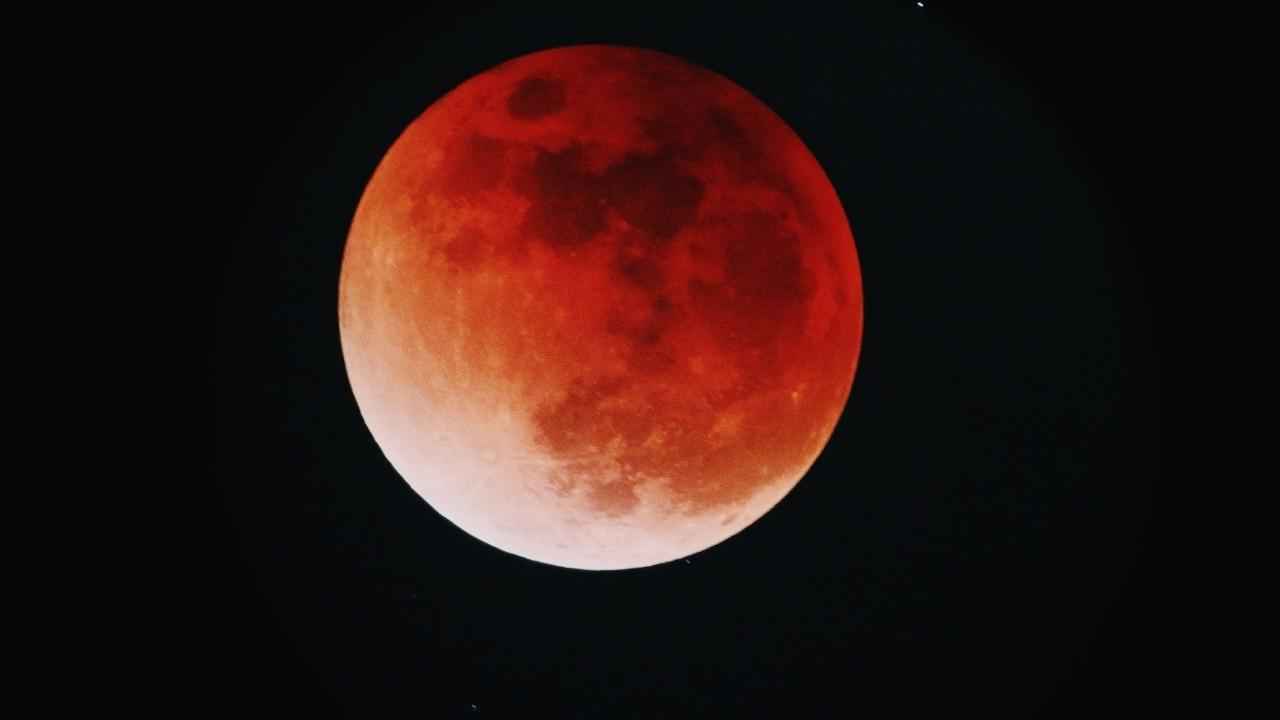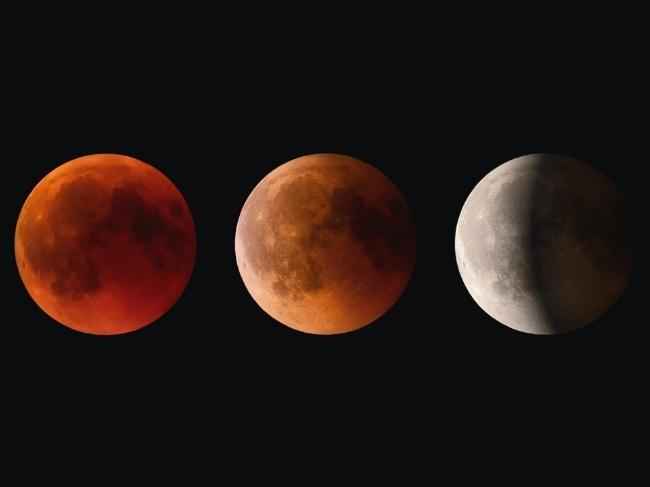Chandra Grahan 2022: Here is how and when you can watch the Lunar Eclipse in India

A lunar eclipse will be visible in eastern India on November 8.
The Chandra Grahan would be the last eclipse of 2022.
The lunar eclipse would be the last total lunar eclipse for the next three years.
A fortnight after India witnessed a partial solar eclipse, the eastern parts of India and some other regions across the globe will see a total lunar eclipse on November 8. Lunar Eclipse, known as the Chandra Grahan in India. It will be the second and the last lunar eclipse of the year and the last total lunar eclipse for about the next three years. The celestial event will also be visible in India's neighboring Pakistan, Afghanistan, some parts of Russia, North and South America, Australia, the Pacific Ocean, and the North Atlantic Ocean, said astrophysicist Debi Prasad Duari, PTI.
When the whole of the lunar disc enters the Earth's dark zone called the umbra, the Moon appears reddish (Blood Moon), it is known as a total lunar eclipse. After about 14 minutes, the Moon moves out of Earth's umbra and back into the penumbra. In addition, the lunar eclipse will last a few hours, due to the red light, which has a longer wavelength than blue light, giving the lunar eclipse its characteristic reddish color. On Earth, we see the same effect during sunrises and sunsets, when the sky has a reddish glow, then during the day.
The Total Lunar Eclipse 2022 Timeline
- A partial lunar eclipse begins – at 2.39 pm
- The total lunar eclipse begins – at 3.46 pm
- Maximum total lunar eclipse – at 4:29 pm
- The total lunar eclipse ends – at 5:11 pm
- Moonset – 6.19 am
Although the total Lunar eclipse would be seen only from the eastern parts of India, the Partial lunar eclipse would be visible from most of India. However, the lunar eclipse will still not be witnessed in its totality everywhere. Viewers don't require special equipment or glasses to observe a lunar eclipse, although using binoculars or a telescope can enhance the view and the red color.
The eclipse can be observed from all parts of India from the time of the moonrise, but during the beginning phase, the partial and total eclipse will not be witnessed because both the celestial event will begin when the Moon is below the horizon everywhere in India".
For more technology news, product reviews, sci-tech features and updates, keep reading Digit.in.
Shivam Tiwari
Shivam has been reporting technology-related stories for Digit. He is demonstrating his skill sets in the news sector. View Full Profile






